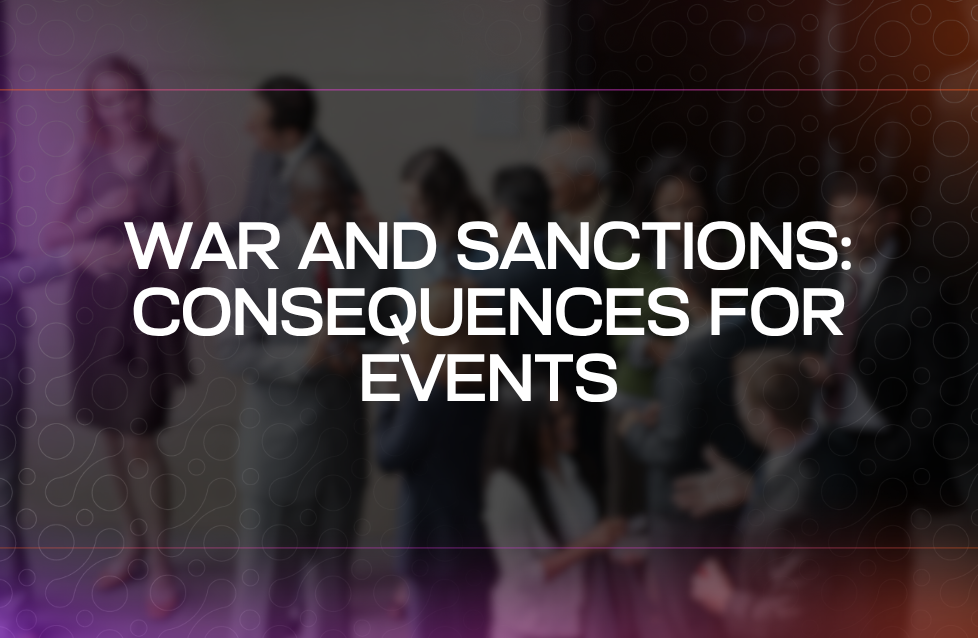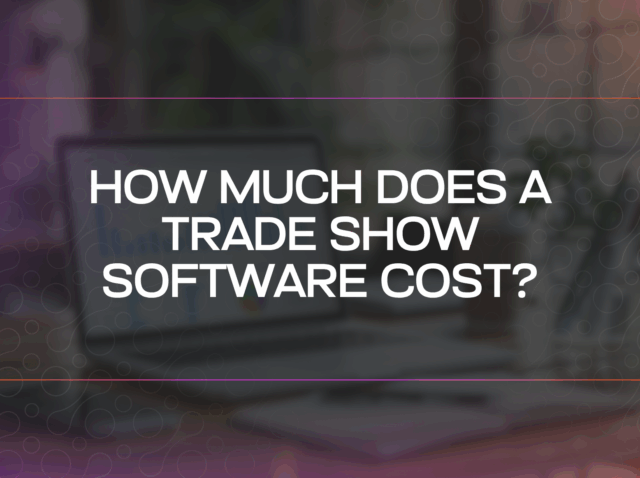Given recent developments, as an event organizer, you may be wondering how the war in Ukraine and the resulting sanctions against Russia will affect your events and the Italian events industry in general.
Considering the scale of measures implemented by several European countries, including Italy, it’s impossible to imagine the trade fair sector remaining unaffected. Adapting to an inevitable downsizing will be necessary for a sector that was already deeply impacted and tested by the pandemic.
Organizing large-scale events now requires a response of equal weight. But first, let’s examine the potential consequences of this crisis for events in Italy and, consequently, for your organization.
War and Raw Materials
One of the most immediate challenges is the increase in fuel prices and the rising cost of raw materials.
This surge affects the financial capacity of certain exhibitors. Additionally, consider the impact on transportation and logistics costs, both short-term and long-term, for your participants. Could this situation be an opportunity to focus on smaller-scale events?
Post-War “Russophobia”
Another challenge is the rise in what some describe as “Russophobia.” Many consumers are now avoiding products or services even remotely linked to Russia due to recent events in Ukraine.
These biases can influence participant behavior and perception, requiring you to rethink your event structure and analyze client needs carefully, especially if you operate on an international level.
War and Restrictions
Sanctions imposed by the European Union against Russia also play a major role. Russia has already threatened retaliatory measures, which could have irreversible consequences.
The presence of Russian clients has historically been significant for many trade fairs. Recent transportation restrictions from Russia to European countries will impact the Italian events landscape. Organizers and exhibitors may lose access to important buyers, which could have long-term economic consequences.
For example, in March during the Fiera di Milano-Rho, four major events—Micam, Mipel, The One, and Homi—already faced this issue. Despite a total of 30,000 attendees over five days, many exhibitors rely heavily on markets in the former Soviet Union. Replacing buyers of this caliber is virtually impossible, and purchasing interest often clashes with the lack of viable channels.
Conclusion
Just as the industry was recovering from the COVID-19 pandemic, new challenges emerge. Event organizers must rethink how to manage events under these conditions.
While there may be few positive prospects in the short term, this situation presents opportunities to:
- Reassess your client base and provide more personalized services
- Strengthen the sense of community with participants
- Explore eco-sustainable solutions to reduce high energy consumption
By adapting strategically, you can turn these challenges into opportunities for innovation and long-term resilience in the events sector.







